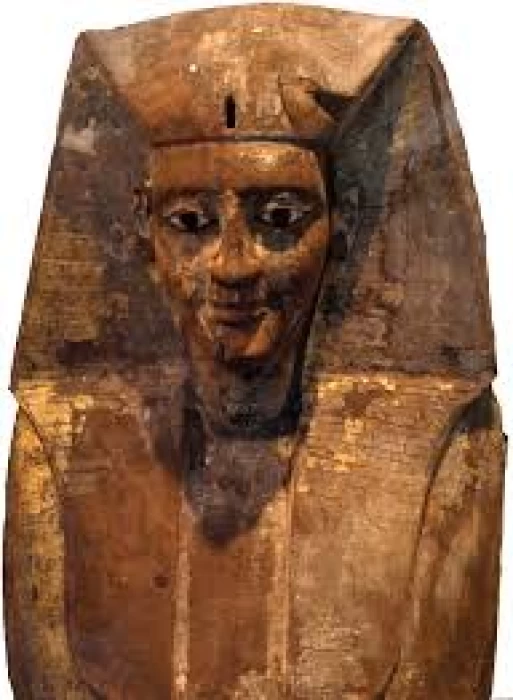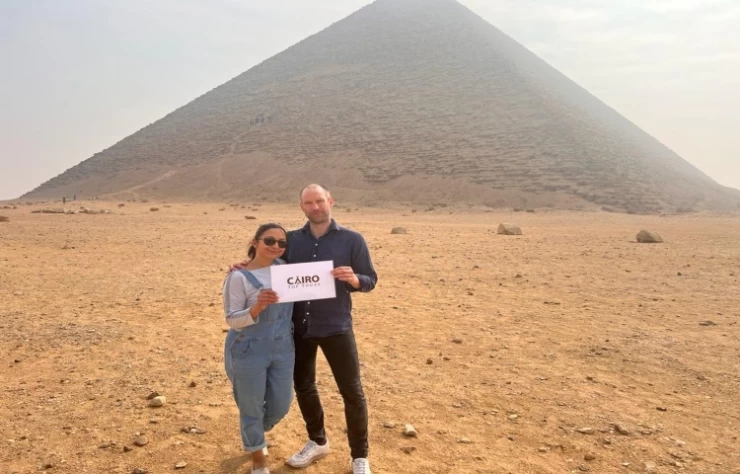
King Intef I
King Intef I
Sehertauy Intef, also known as Intef I, was the real founder of Egypt's XIth dynasty. He ruled from Thebes from approximately 2130 to 2118 B.C., most likely sharing governorship with his father, Mentuhotep I, "the Elder," a local leader (Dodson, Malek).
This king reigned on Egyptian land at the beginning of the eleventh Dynasty and was also known as Intef I, Sehertauy Intef, or Antef I, some historians consider him the founder of this dynasty, and others as the second pharaoh.
Probably he ruled in co-regency with his father Mentuhotep I. Egypt was a divided country and this pharaoh tried to rule a single land under his control. He engaged the support of the southern regions by ruling over Upper Egypt with the capital Thebes (Luxor nowadays).
King Intef I faced King Neferkara on several occasions, in that period of history the land of Egypt was affected by great periods of famine, in one of the wars, Intef was victorious but died shortly after. He conquered several cities north of Thebes such as el-Kaab and Dendera.
Only two inscribed blocks from the Montu temple at Tod, which was built under Mentuhotep II, provide the only near-contemporary monument from which Intef is known with certainty.
Some kings succeeded, for example, Thutmose III in the Chamber of Ancestors in the 18th dynasty. It is believed that he died young and was buried on the west bank of the Nile in Luxor. A relief shows him together with Intef II and Intef III in the Temple of God Montu - (god of war) in Tod on the east bank of the Nile in Luxor - making offerings.
King Intef I (Sehertawy) extended his area beyond Theban (Fourth) Nome to the south of Thebes down to Elephantine by acquiring three nomes by conquering. King Intef reigned for 4 to 16 years during which time he probably conducted the war with his northern neighbor, the Coptite nomarch Tjauti. King Intef was buried in a safe tomb at El-Tarif.















